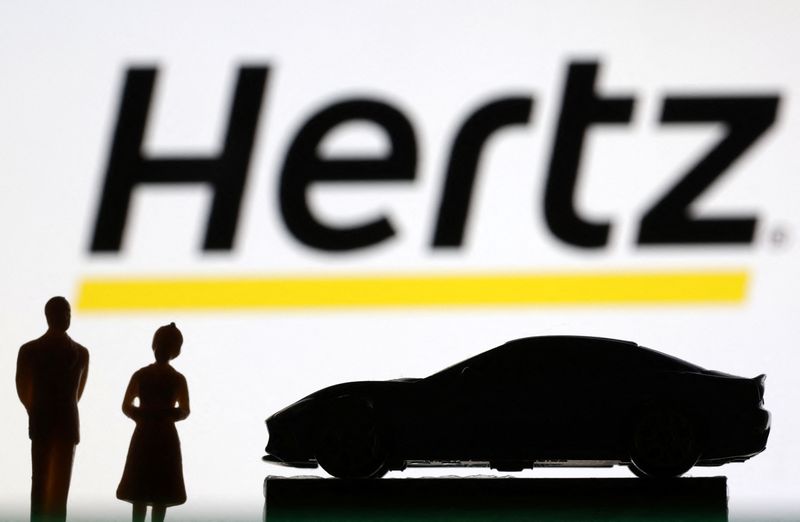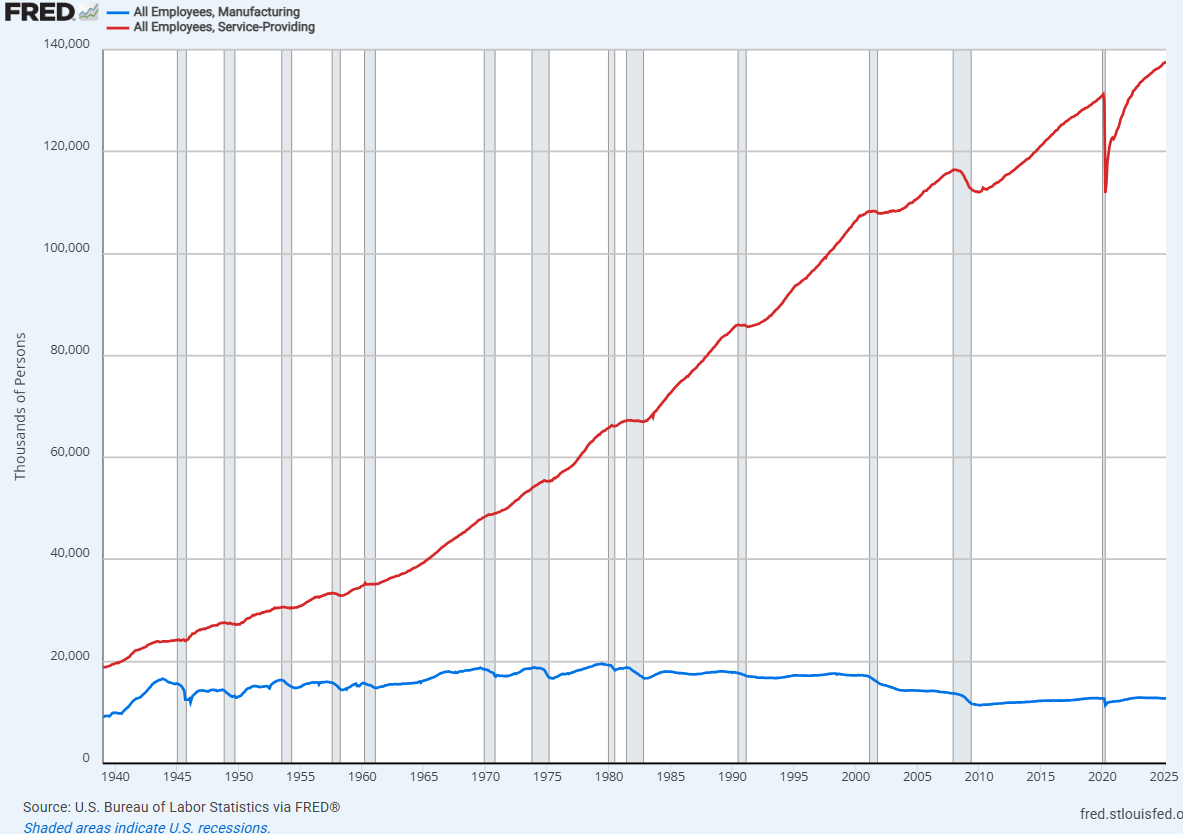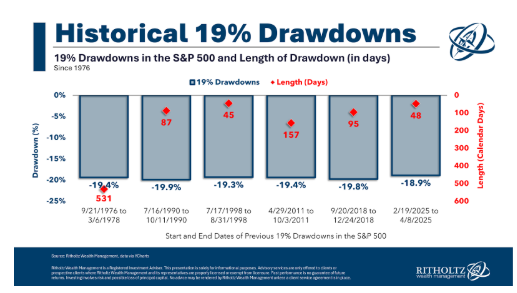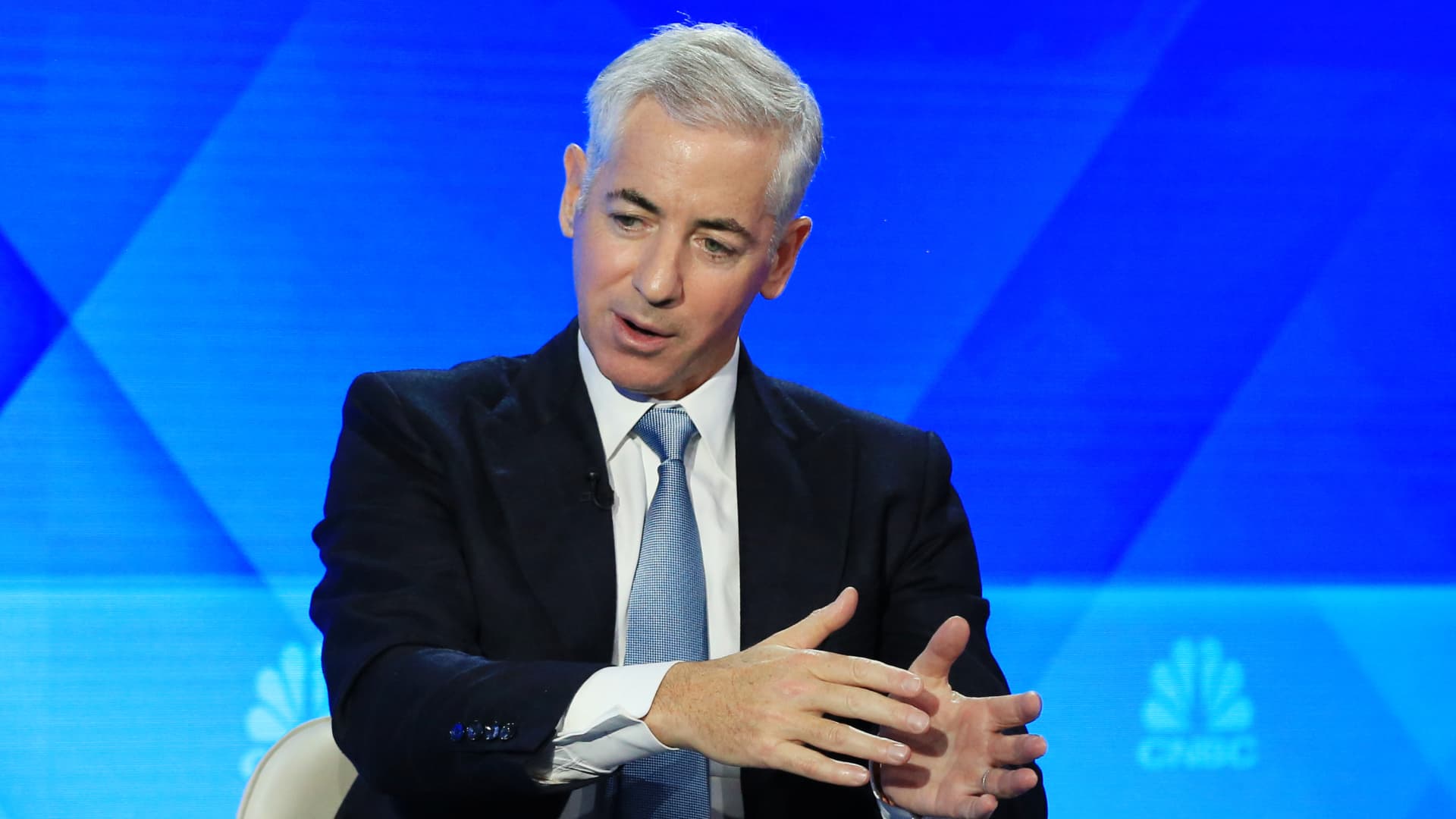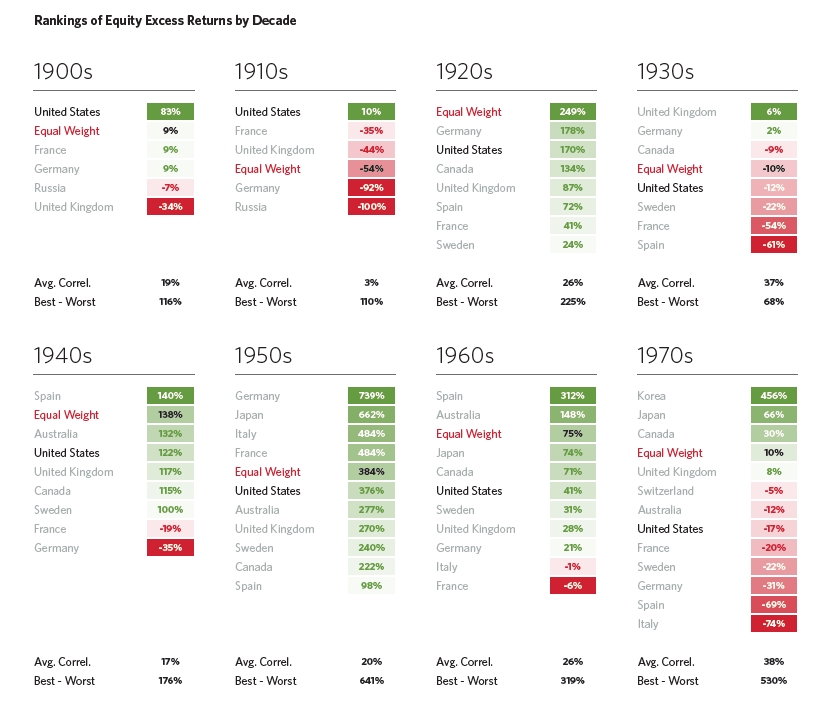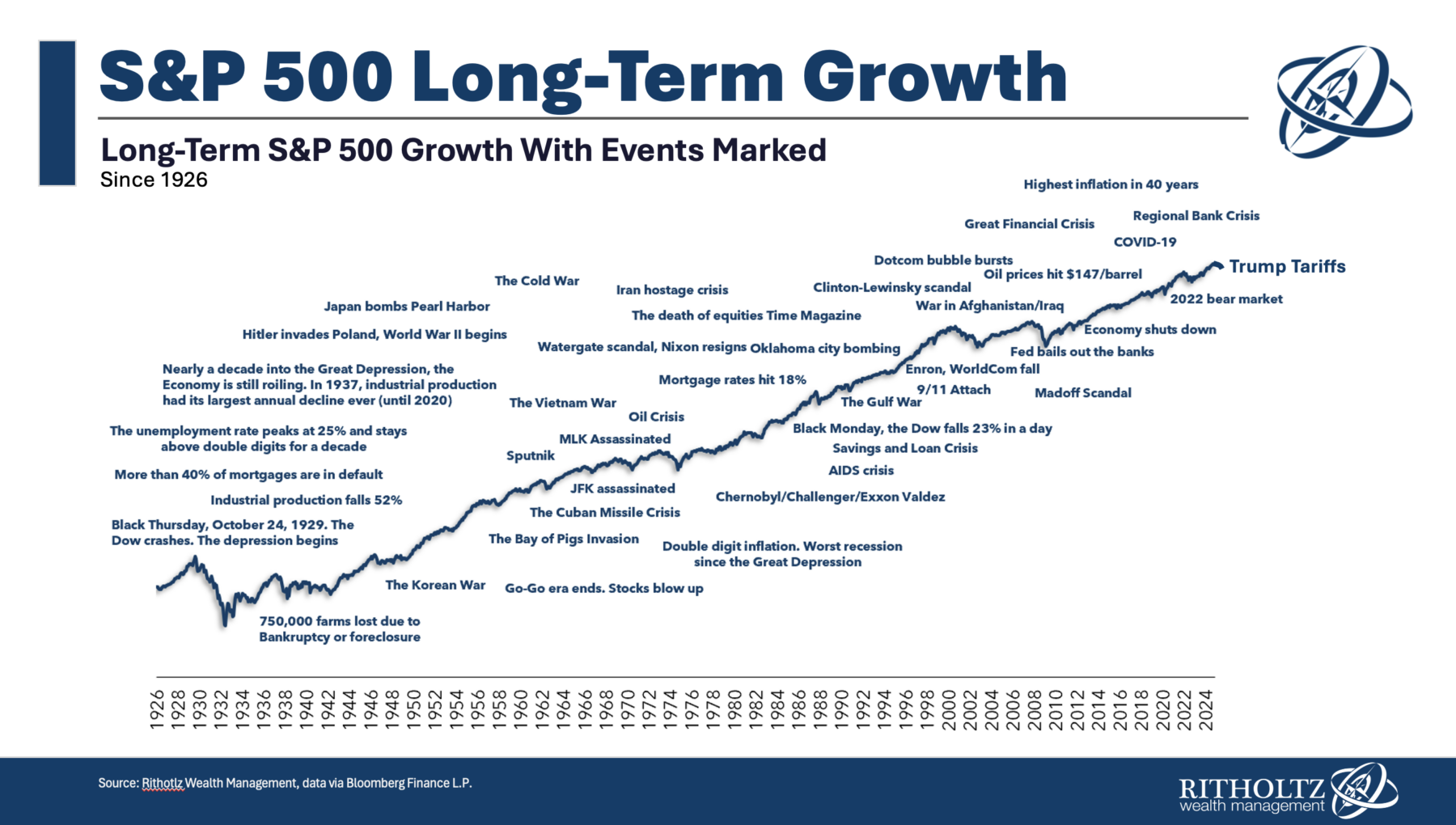Your big family SUV might be safe for you, but it may kill other drivers
A new study exposed a common trope with supersized vehicles.
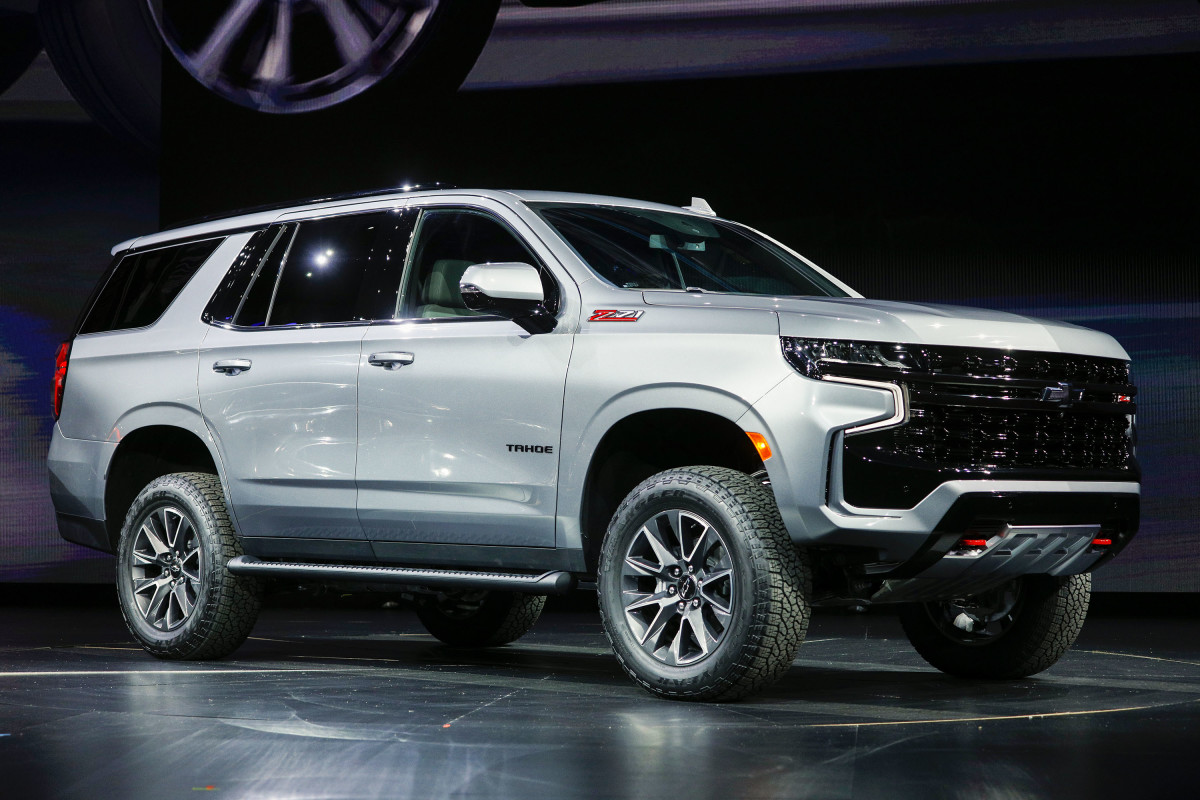
The Philadelphia Eagles may have won Super Bowl 59 in a victorious display, but the true winners in between the plays were not any of the players out on the field.
For those who don't follow football, the big game is for two things: the halftime musical performance and the commercials, and advertisers went all out to get viewers' attention. This year, companies spent nearly $8 million on a 30-second spot during the game, but as always, some of the many memorable ads that played to millions on TV were for cars.
Breaking: 12 things to know about Trump's new tariffs
Whether you liked Glen Powell in the 'Goldilocks' ad for Ram Trucks or Harrison Ford taking a slight dig at the Dearborn automaker that shares his family name in a Jeep ad, both commercials primarily showcase one common product: big, ol' American cars.
Over the years, big SUVs and trucks have been touted as the "perfect" family cars. Many everyday motorists are led to believe that the bigger their car, the safer they and their children will be in a head-on collision with another vehicle. However, a recent study by the Insurance Institute for Highway Safety (IIHS) reveals that there is some fine print associated with this theory that might put you and your family at risk. Stellantis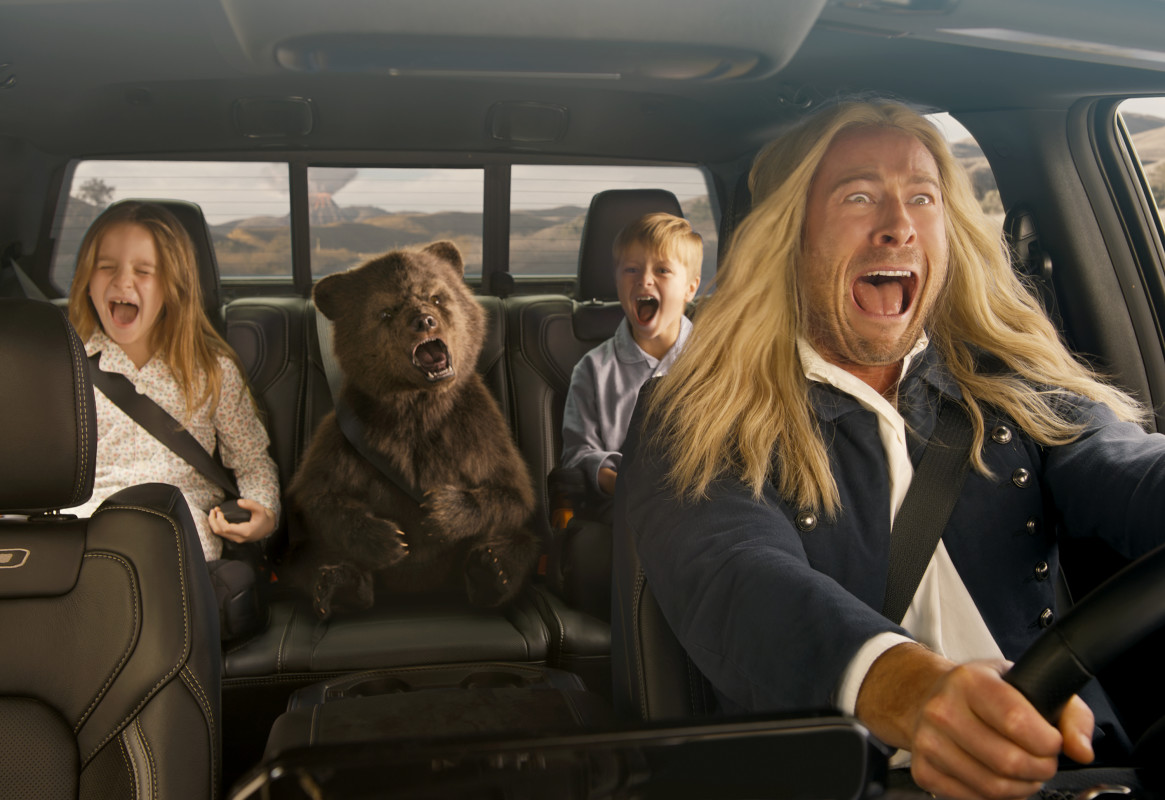
Bigger doesn't always mean safer, says IIHS
According to a new study by the IIHS—the same guys who determine which cars are "top safety picks"—, there comes a point when having a bigger and heavier car goes against the theory that these "monsters" are much safer cars.
“For American drivers, the conventional wisdom is that if bigger is safer, even bigger must be safer still,” IIHS President David Harkey said. “These results show that isn’t true today. Not for people in other cars. And — this is important — not for the occupants of the large vehicles themselves.”
In prior data, the IIHS found that SUVs and pickup trucks posed an outsize threat to people in cars partly because the respective vehicles' crash-absorbing structures were not aligned when in a crash. As a result, when an SUV or pickup hits a much smaller car, wherever it hits, it is way past the crumple zone of the car, causing the bigger SUV to ride up over the hood of the smaller vehicle.
The IIHS takes credit for automakers signing onto a voluntary commitment to design their trucks and SUVs with force-absorbing structures better aligned with smaller cars. However, these days, much of the risk they pose to smaller cars they hit comes from their sheer weight.
The institute defined the "fleet average" of passenger vehicles in its study sample as 4,000 pounds. According to the institute, adding 500 pounds to cars lighter than the average lowered the death rate by 17 deaths per million registered vehicles while increasing the risk of death by 1 death per million in the other car. In contrast, adding 500 pounds to pickup trucks above the average weight only reduced the driver death rate by one but increased the death rate for crash-partner cars by seven.
More Automotive:
- Dodge confirms gas-powered Charger Sixpack coming this summer
- Jeep parent makes executive overhaul as it searches for new CEO
- Honda faces a massive recall over dangerous software glitch
"There’s nothing magical about 4,000 pounds except that it’s the average weight," IIHS senior statistician Sam Monfort, and the study’s lead author, said in a statement. "Vehicles that are heavier than average are more likely to crash into vehicles lighter than themselves, while the reverse is true for vehicles that are lighter than average. What this analysis shows is that choosing an extra-heavy vehicle doesn’t make you any safer, but it makes you a bigger danger to other people."
As technology evolves and automakers react to tightening safety concerns, the race towards electrification, and the pressure to stuff new cars with every automotive gadget and gizmo known to man, vehicles are unfortunately getting much heavier.
According to the IIHS, the average car's weight rose from 3,277 pounds between 2011 and 2016 to 3,308 pounds between 2017 and 2022. Additionally, 97% of pickup trucks between 2017 and 22 weighed more than 4,000 pounds, in contrast to 91% between 2011 and 2016. However, SUVs, in general, are getting a bit lighter; just 7.4% of SUVs in 2017 and 22 weighed more than 5,000 pounds, in contrast to 11% between 2011 and 2016.
“It’s a positive development that cars and SUVs are now closer in weight,” Harkey said. “These numbers show that transitioning to lighter pickups could have big benefits too, especially since many drivers don’t use their trucks for carrying heavy payloads.”
Related: Your favorite family SUV may not be as safe as you think
The study comes as IIHS experts found that passenger safety in some popular cars in the large SUV segment needs to be improved.
In June 2024, the institute tested the Ford Expedition, Chevrolet Tahoe, and Jeep Wagoneer for safety inside and outside the car.
While the Wagoneer scored the highest in crash protection and prevention, the IIHS emphasized that all three vehicles lacked protection for those who matter to families: kids in the back seat.
“The huge mass of these large SUVs provides some additional protection in crashes with smaller vehicles, though that also means they present more danger to other road users,” IIHS President David Harkey previously said in a statement.
“The flip side of their large size is that there is a lot more force to manage when they crash into a fixed obstacle like a tree or bridge abutment or the barrier we use in our front crash tests.”
Ultimately, the Wagoneer was awarded the IIHS's Top Safety Pick, but it fell short of its highest honor because of its lack of rear-seat passenger protection.
Related: Veteran fund manager issues dire S&P 500 warning for 2025














































